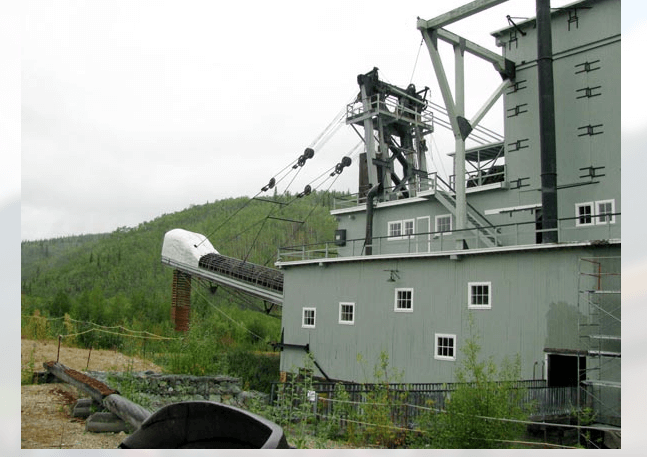
When this process reaches the point where there is no longer enough useful average depth to the water, the dredgers are called in. Or the the mud swirls around, carried by the water to wherever the force of the waves diminishes, at which point it eventually drifts downward and is deposited on the bottom. So the mud has been transformed from a water problem to a land problem, and sometimes is the signal that it’s really time to deal with it. Sometimes the waves (underwater force of) push it to the sides of the canal where it accumulates, blocking any drains that might be emptying from buildings the blockage causes the material to build up and over time the chemicals in the material damage the building’s walls. And often - make that quite often, in Venice - maintenance is conducted only when it has become absolutely necessary.Ĭanal-beds here are made of mud, and the movement of the tides, plus the thrashing of motorboat propellers night and day, tend to make the mud move around. But whatever they’re made of, streets require maintenance. There are roughly 150 canals in Venice, which might sound like a lot, though you probably many more streets where you live. Here one man with a mastodontic machine is doing the work of ten or 20 men years ago, except that years ago wet dredging didn’t exist. They’re here to deepen the canal by removing metric tons of mud - the foundations will have to wait to be checked some other time.


I really have only one question and that is why are the men wearing white? And this is “wet” dredging, or scavo in umido. If you need to repair foundations of canal-side structures, this is your only option. This is “dry” dredging, during which a section of canal is blocked by temporary barriers and the water pumped out.

Simple, but effective, this is how they removed the mud in 1956. It’s not just the buildings - even the canals are getting big repairs.


 0 kommentar(er)
0 kommentar(er)
